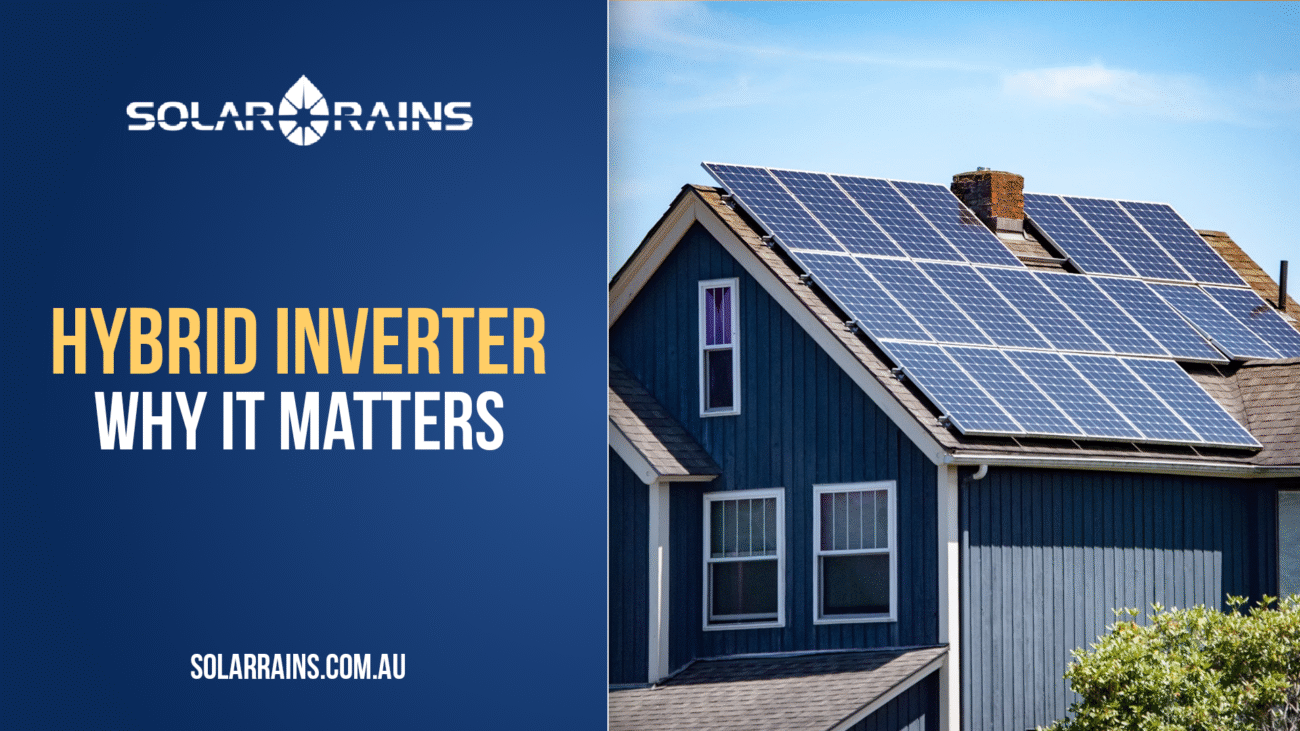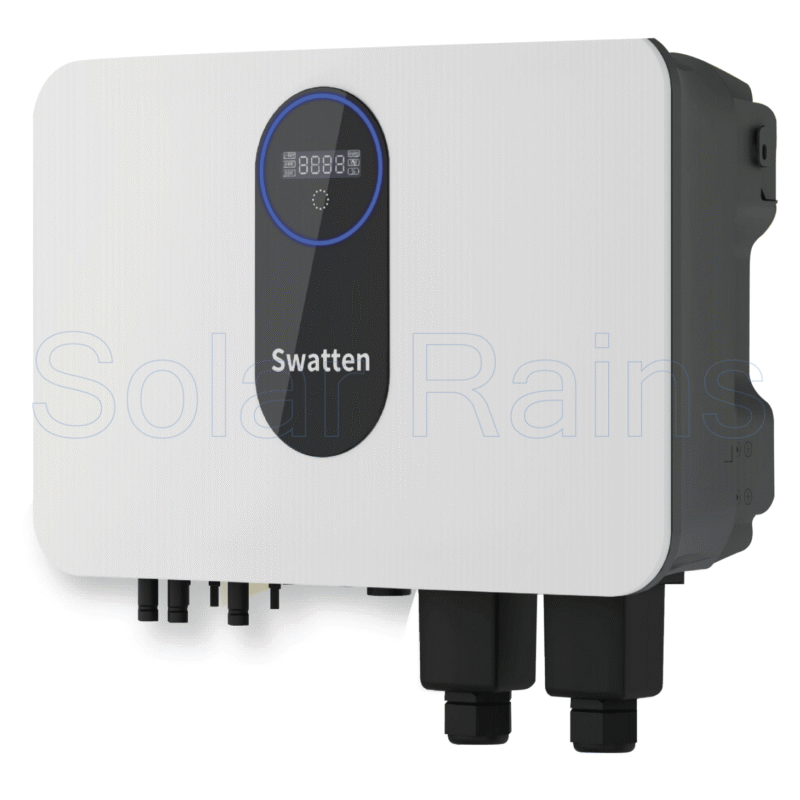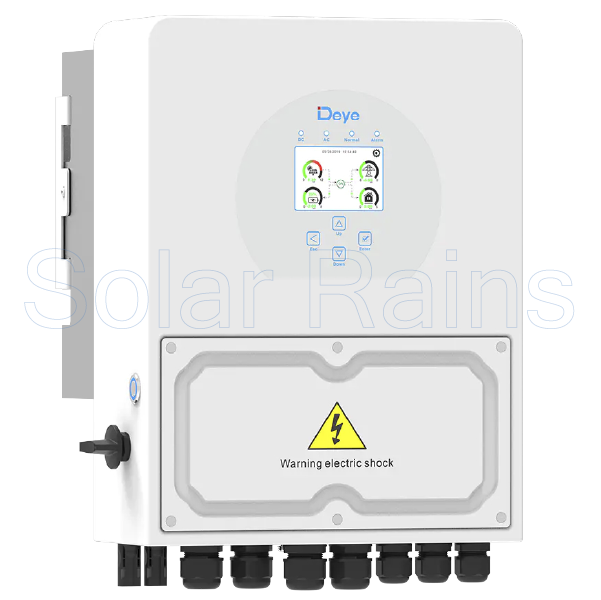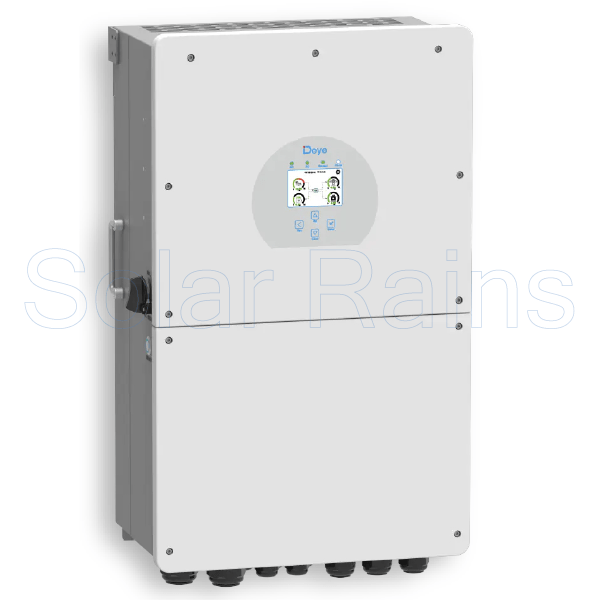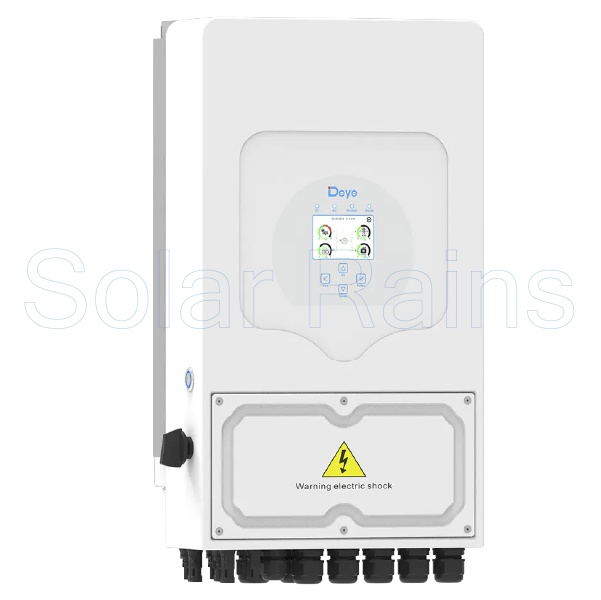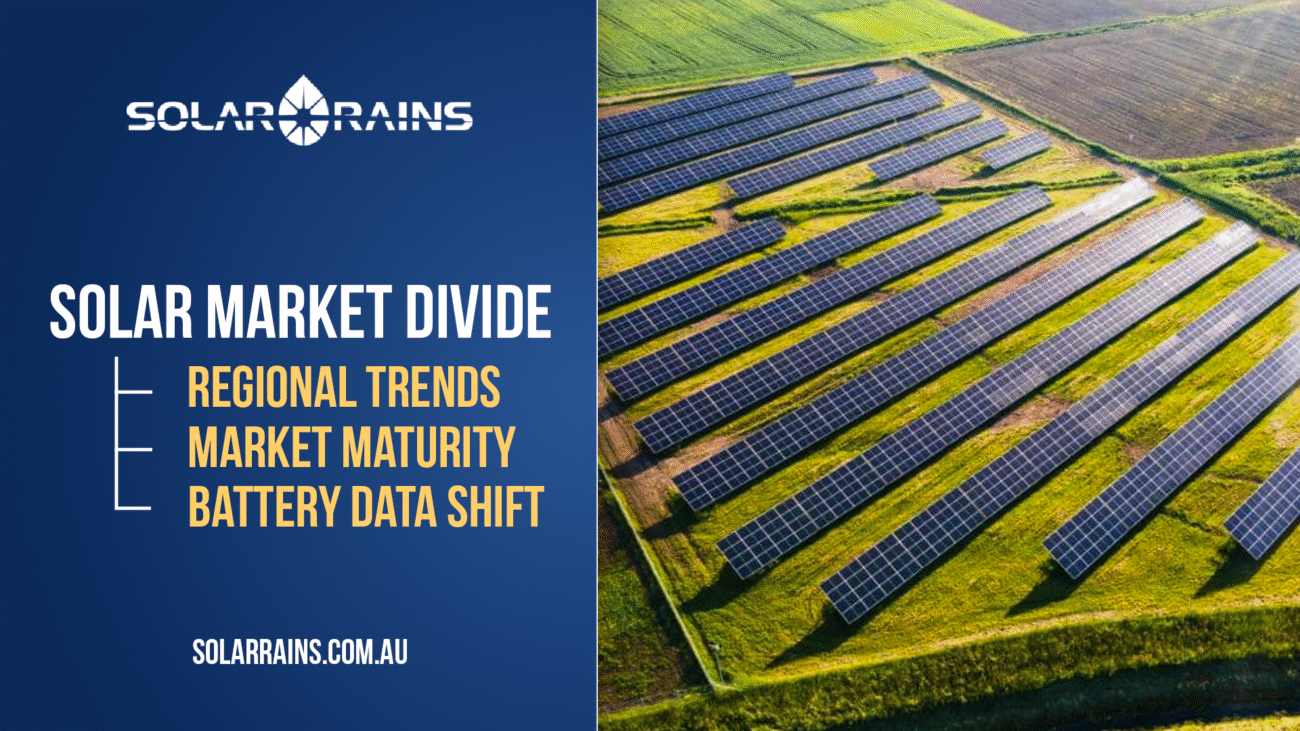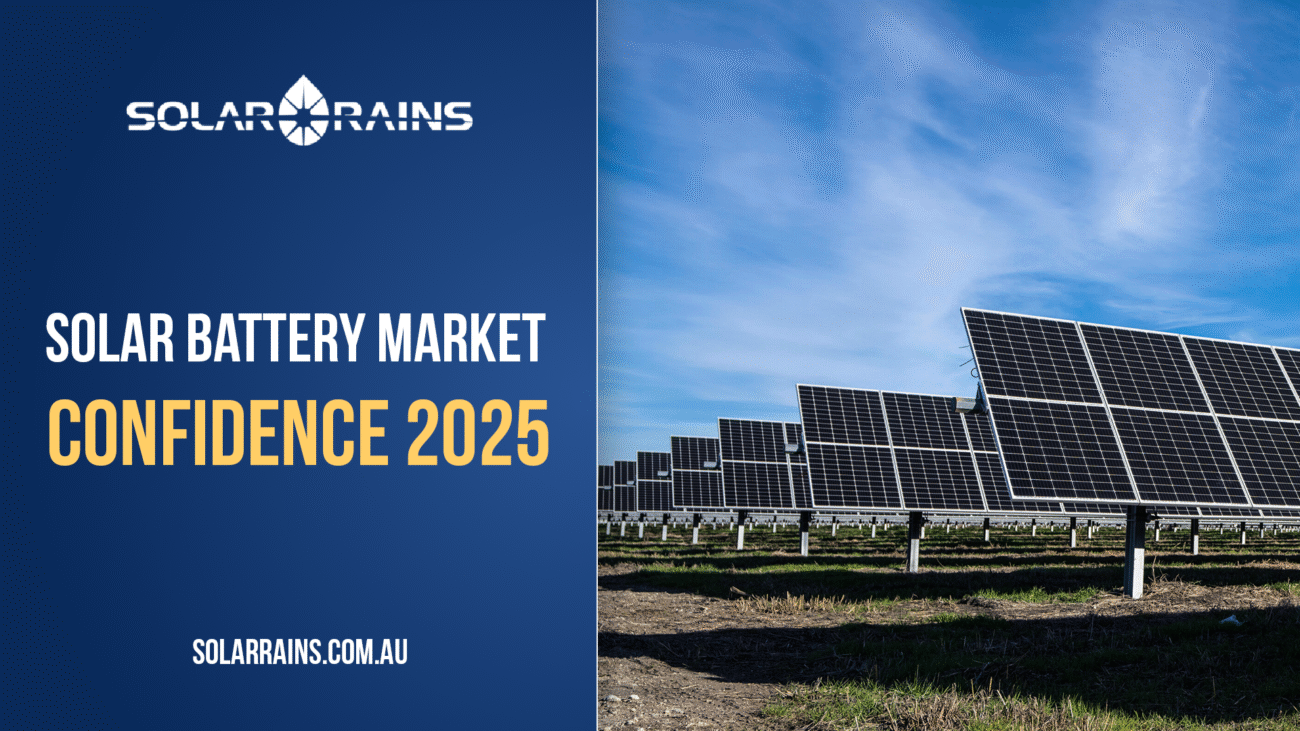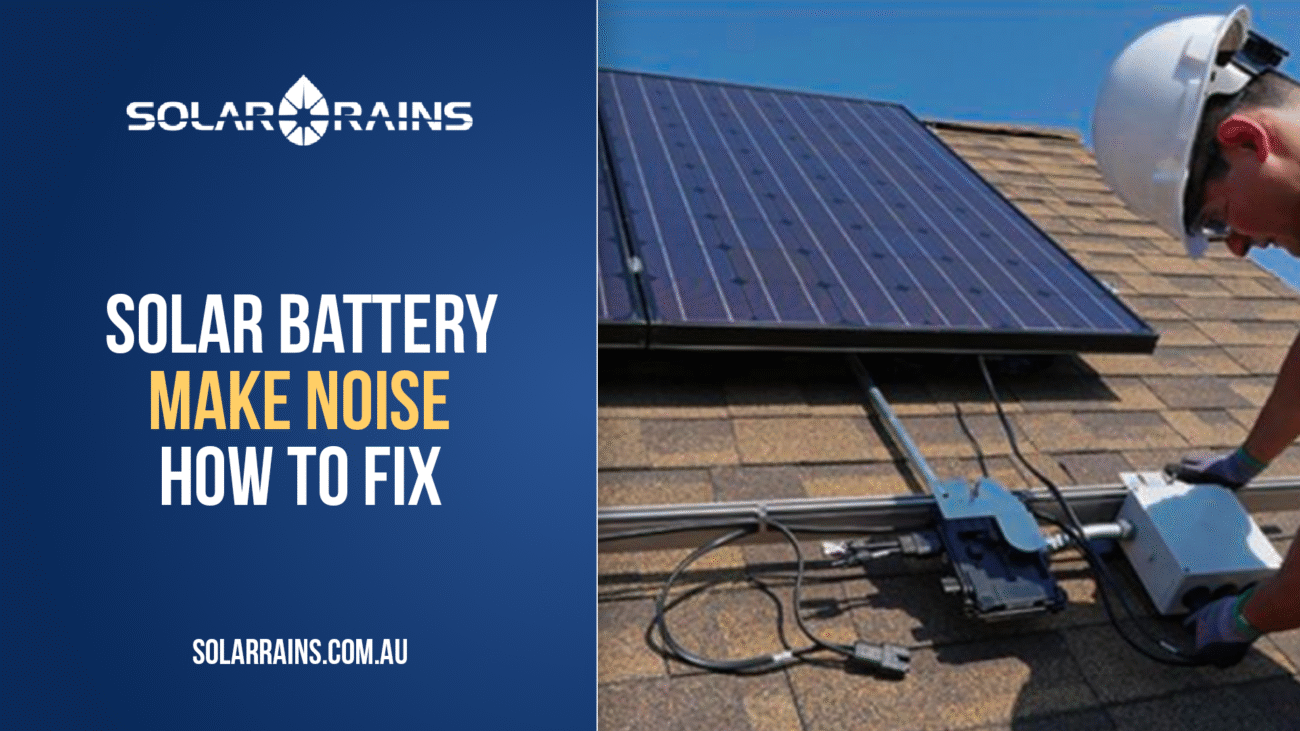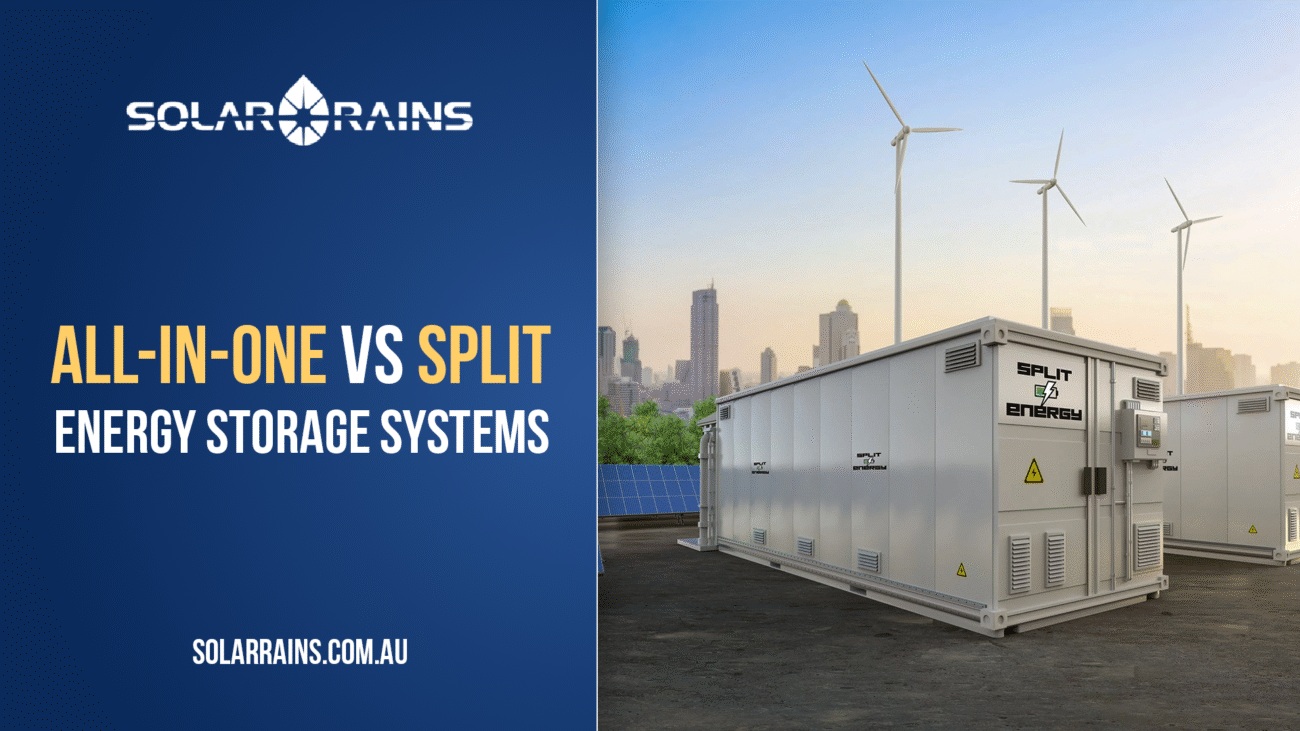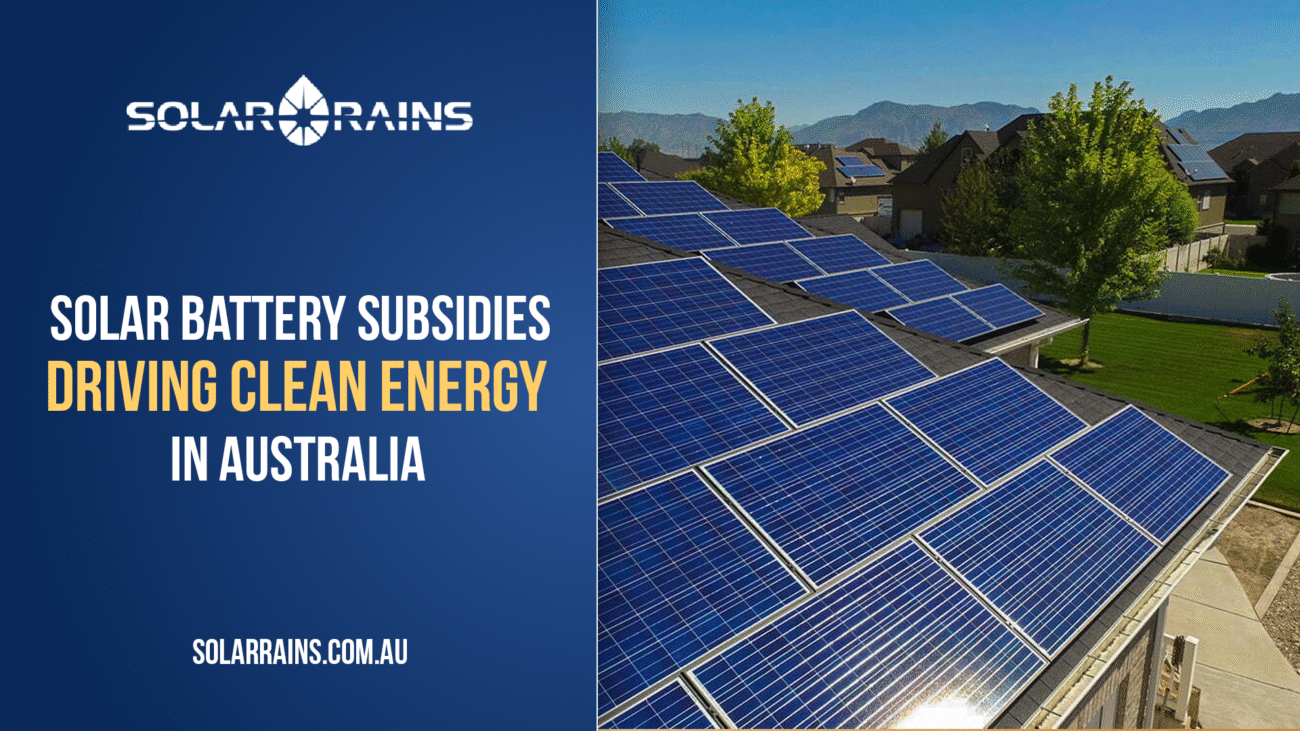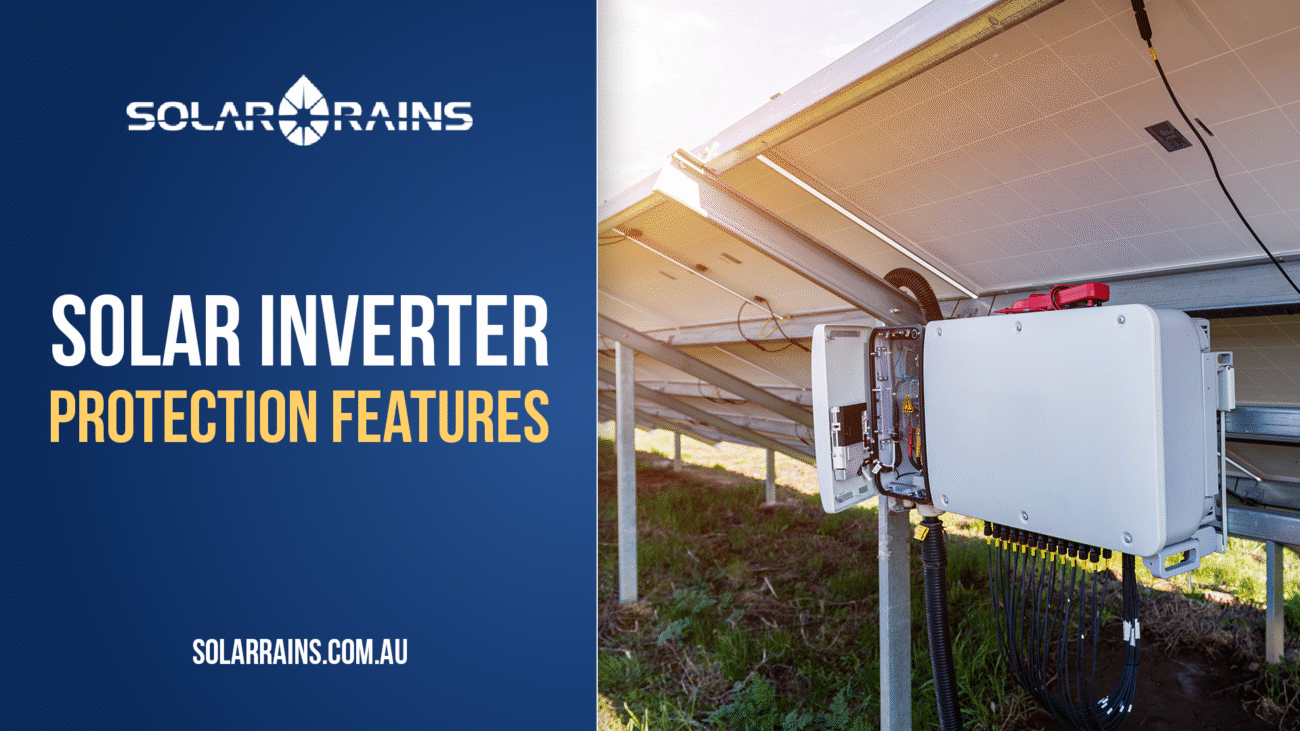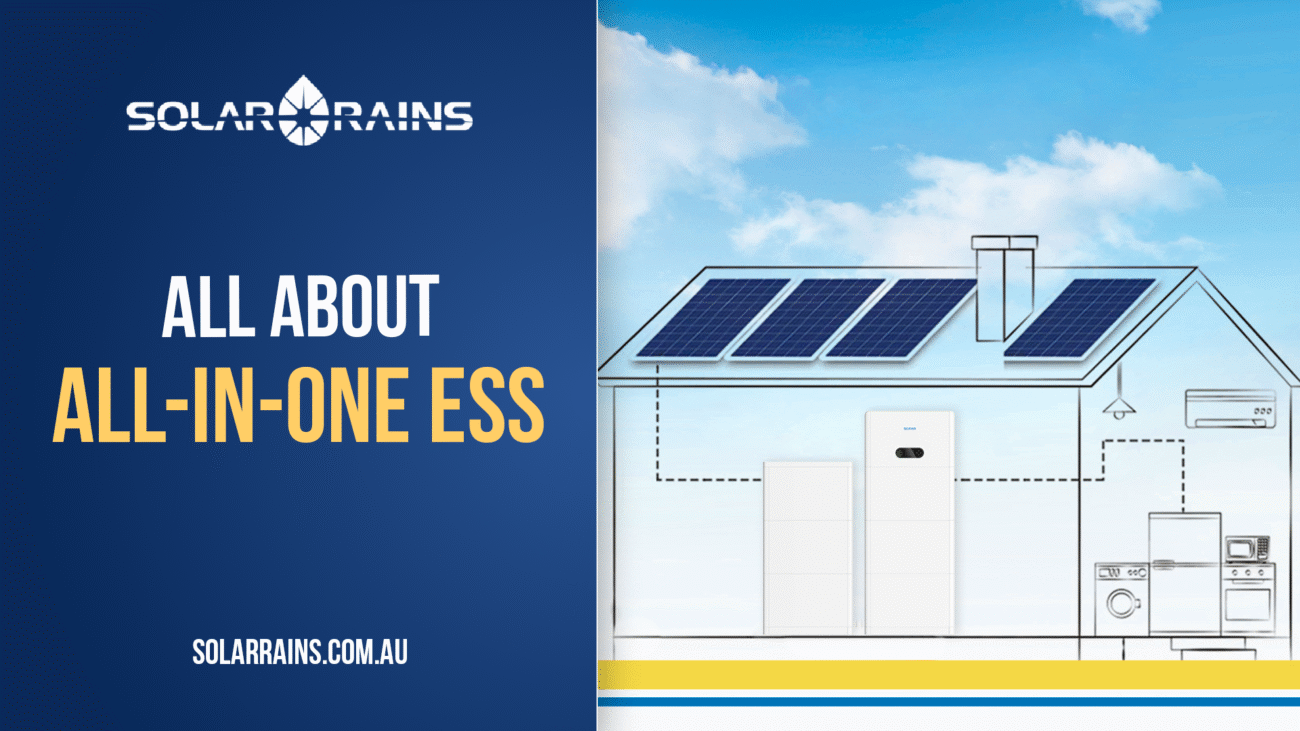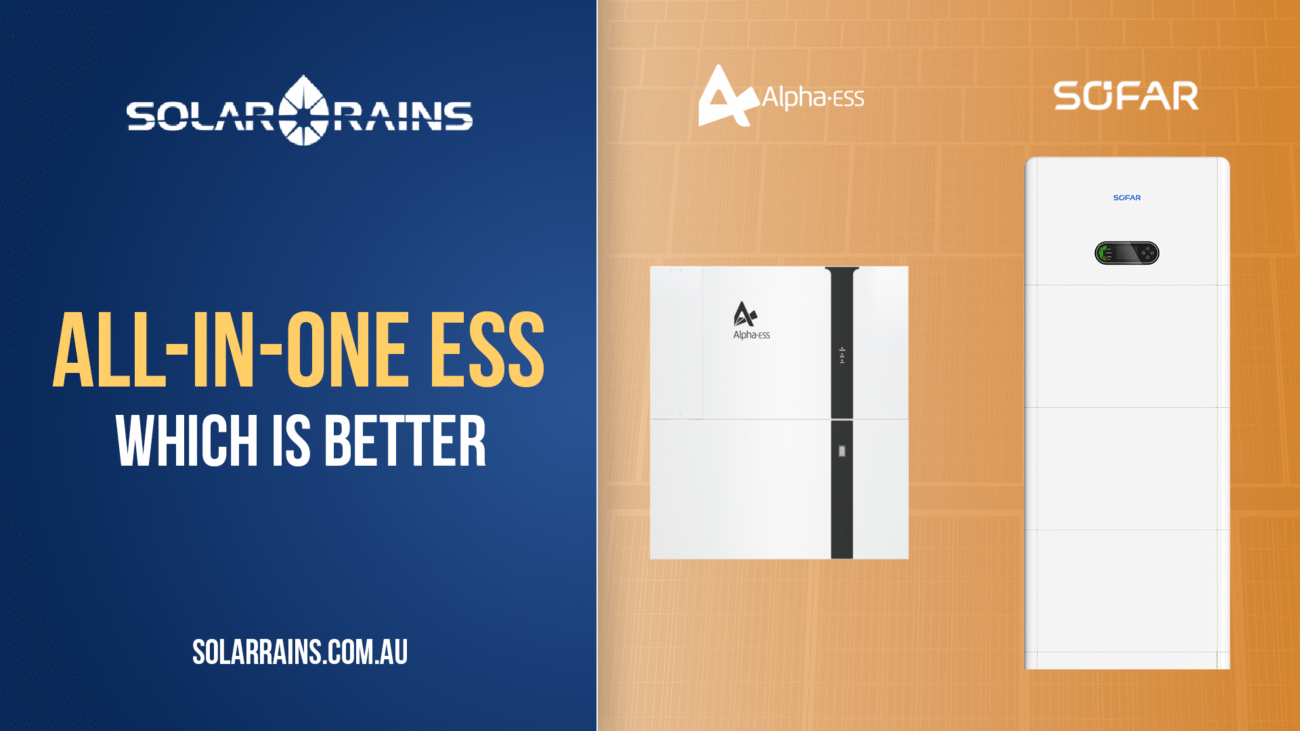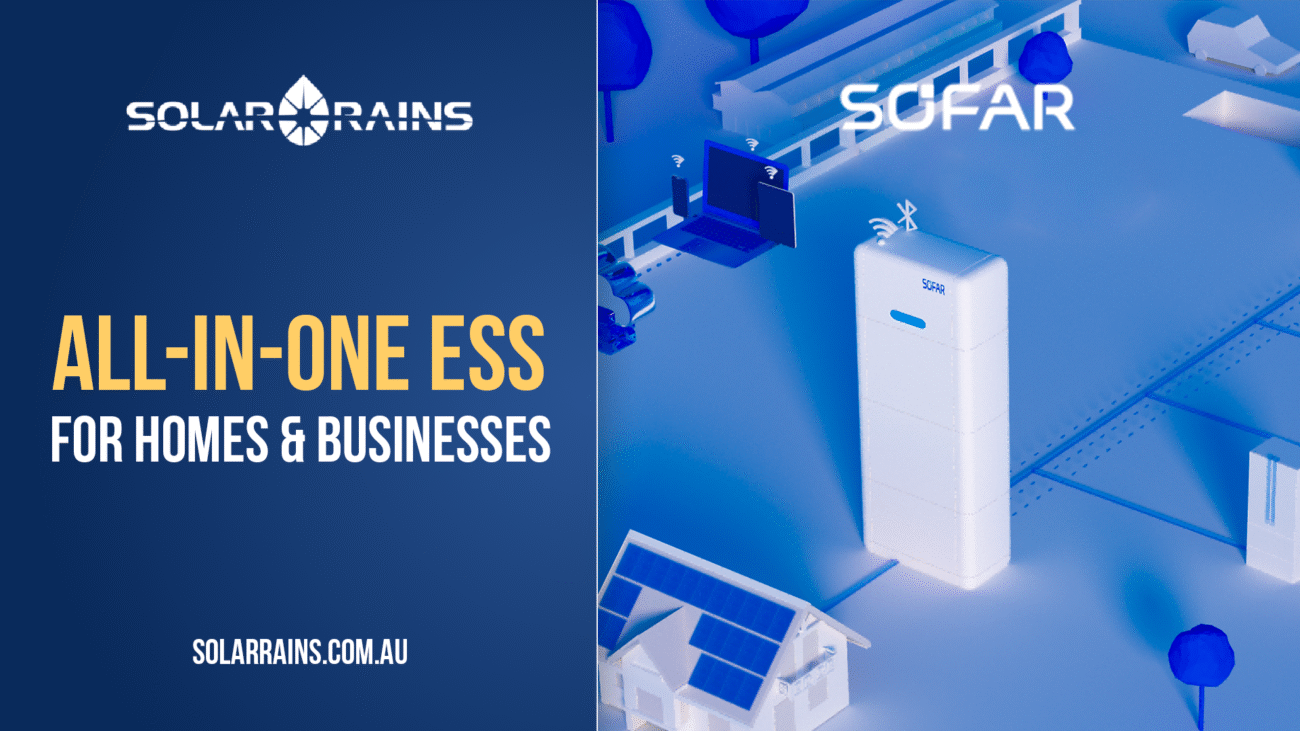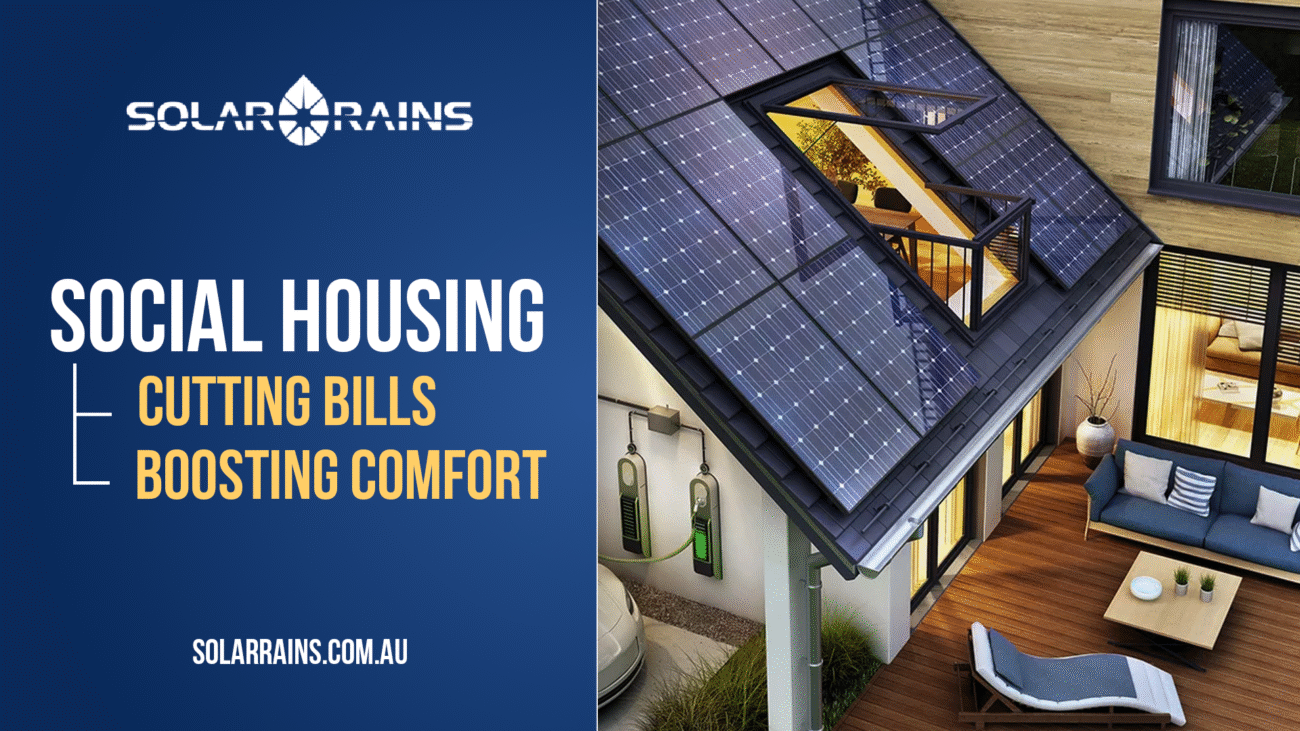The Smart Heart of Solar Systems
In the evolving world of clean energy, one device stands out for its adaptability and efficiency: the hybrid inverter. Whether you’re a homeowner looking to reduce power bills or a business aiming for energy independence, understanding what a hybrid inverter is, and why it matters, can be the difference between an average and a smart solar solution.
What Is a Hybrid Inverter?
A hybrid inverter is an advanced energy management device that combines the functionality of a solar inverter and a battery inverter. It not only converts the DC power generated by your solar panels into AC electricity for use in your home or business but also manages energy flow to and from your solar battery storage system.
Unlike traditional inverters, which work only with solar panels, hybrid inverters are designed for both grid-tied and off-grid applications. This makes them an ideal solution for Australian households seeking greater energy flexibility amid rising electricity costs and frequent grid instability.
How Does a Hybrid Inverter Work?
Hybrid inverters serve as the central brain of your solar + battery system. Here’s how they function:
- Solar Input: The inverter receives DC electricity from your solar panels.
- Conversion & Usage: It converts DC into AC for use in appliances.
- Battery Storage: Excess energy is stored in a solar battery.
- Grid Export or Import: It intelligently exports surplus to the grid or draws power from it when needed.
Some hybrid inverters also come with backup power capabilities, meaning they can keep your critical appliances running during a blackout.
Key Features of a Hybrid Inverter
- Dual Input: Manages both solar panels and battery systems.
- Grid Synchronization: Seamlessly connects with the local utility grid.
- Smart Energy Monitoring: Offers real-time data on energy production, storage, and usage.
- Backup Power Support: Supplies critical loads during power outages.
- Battery Compatibility: Works with lithium-ion, LFP, and other battery chemistries.
Main Benefits of a Hybrid Inverter
Energy Independence
With a hybrid inverter and battery, you’re less reliant on the grid, especially useful during blackouts or peak rate periods.
Increased Efficiency
By intelligently switching between solar, battery, and grid sources, hybrid inverters optimize your energy usage.
Cost Savings
Excess solar power is stored instead of being sold back at low feed-in tariffs, reducing your reliance on expensive nighttime electricity.
Future-Proofing
Many hybrid inverters are battery-ready, making them a scalable choice as your energy needs grow.
Advantages vs. Disadvantages
| Advantages | Disadvantages |
| Enables solar + battery use | Higher upfront cost |
| Supports backup power | Requires more complex setup |
| Smart energy management | Some models may be brand-specific |
| Ideal for time-of-use billing | Not all offer 3-phase support |
Applications and Future Prospects
Hybrid inverters are ideal for:
- Residential homes with solar panels and battery systems.
- Rural properties where grid power is unreliable.
- Small businesses aiming for grid cost reduction.
- Off-grid projects in remote areas.
With energy resilience becoming a national priority in Australia, hybrid inverters are expected to be at the core of future-ready distributed energy systems. As virtual power plants (VPPs) expand, hybrid inverters allow homeowners to participate and profit.
Why Hybrid Inverters Are Trending in Australia
Australia’s energy market is evolving fast. With high solar adoption and growing support for battery rebates, hybrid inverters are being seen as the missing link that connects the solar ecosystem.
State governments like Victoria and New South Wales are offering battery rebates and backup incentives, accelerating the shift toward hybrid energy systems.
The flexibility and control offered by hybrid inverters make them essential for:
- Managing high rooftop solar penetration.
- Reducing strain on distribution networks.
- Preparing for climate-related grid instability.
Who Should Choose a Hybrid Inverter?
- New Solar Installations: If you’re starting fresh, a hybrid inverter ensures your system is battery-ready.
- Battery Retrofit Projects: If you already have solar, a hybrid inverter simplifies battery integration.
- People with Time-of-Use Tariffs: Maximize savings by discharging stored solar during peak times.
- Remote Homeowners: Avoid costly diesel generators and switch to solar + battery backup.
Conclusion
Hybrid inverters are more than just another solar gadget, they’re a strategic investment in your energy future. Whether you’re looking to cut costs, ensure backup power, or prepare for a grid-interactive future, a hybrid inverter offers the features, efficiency, and flexibility modern Australians need.
If you’re exploring solar battery solutions, talk to a trusted solar supplier like Solar Rains. Our experts can guide you through product selection, sizing, and installation to make the most of your solar investment.
Frequently Asked Questions (FAQs)
Yes, but you may need to replace your current inverter. Some models are retrofit-compatible.
Typically, 10–15 years with proper maintenance.
Only if paired with a battery and backup functionality.
Popular brands include Deye, Sungrow, and Growatt. Look for Clean Energy Council-approved models.
If you’re planning to add a battery or need energy independence, the ROI is generally strong, especially with rebates.

